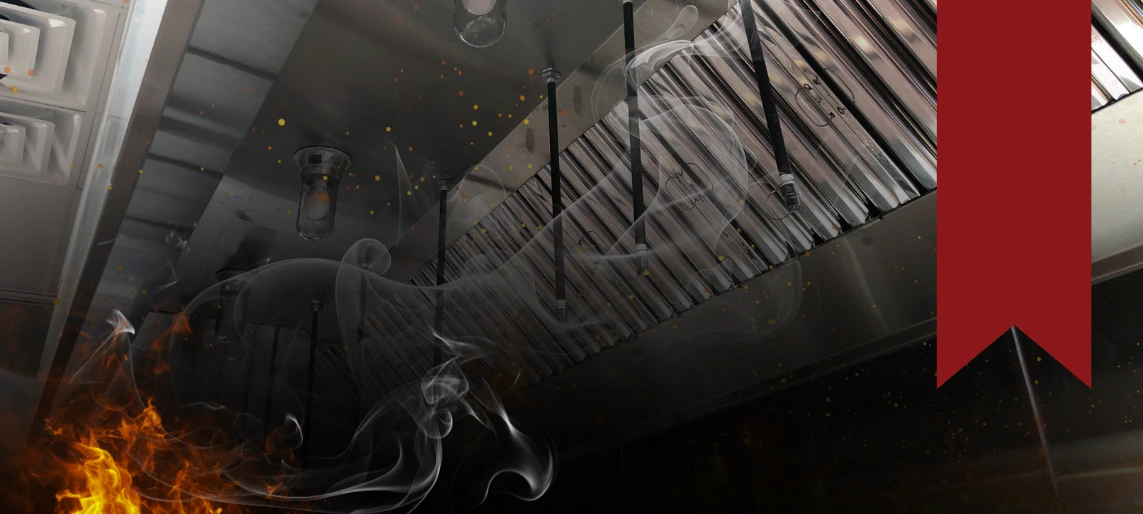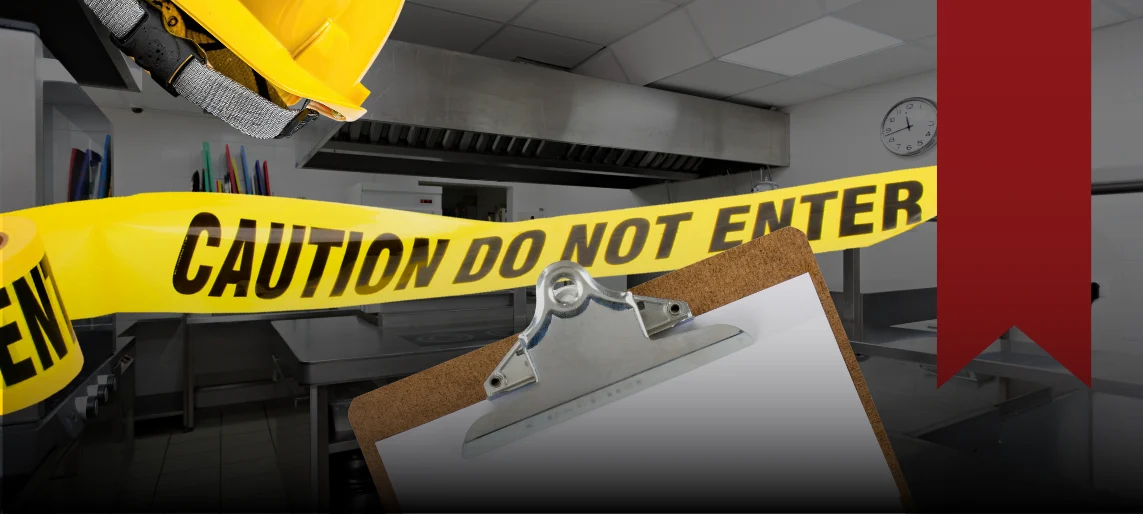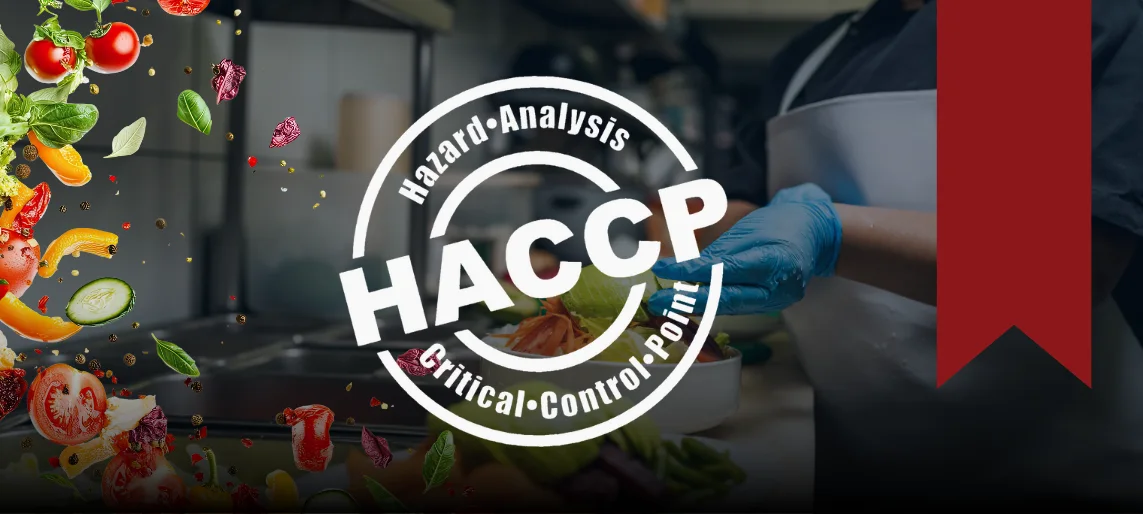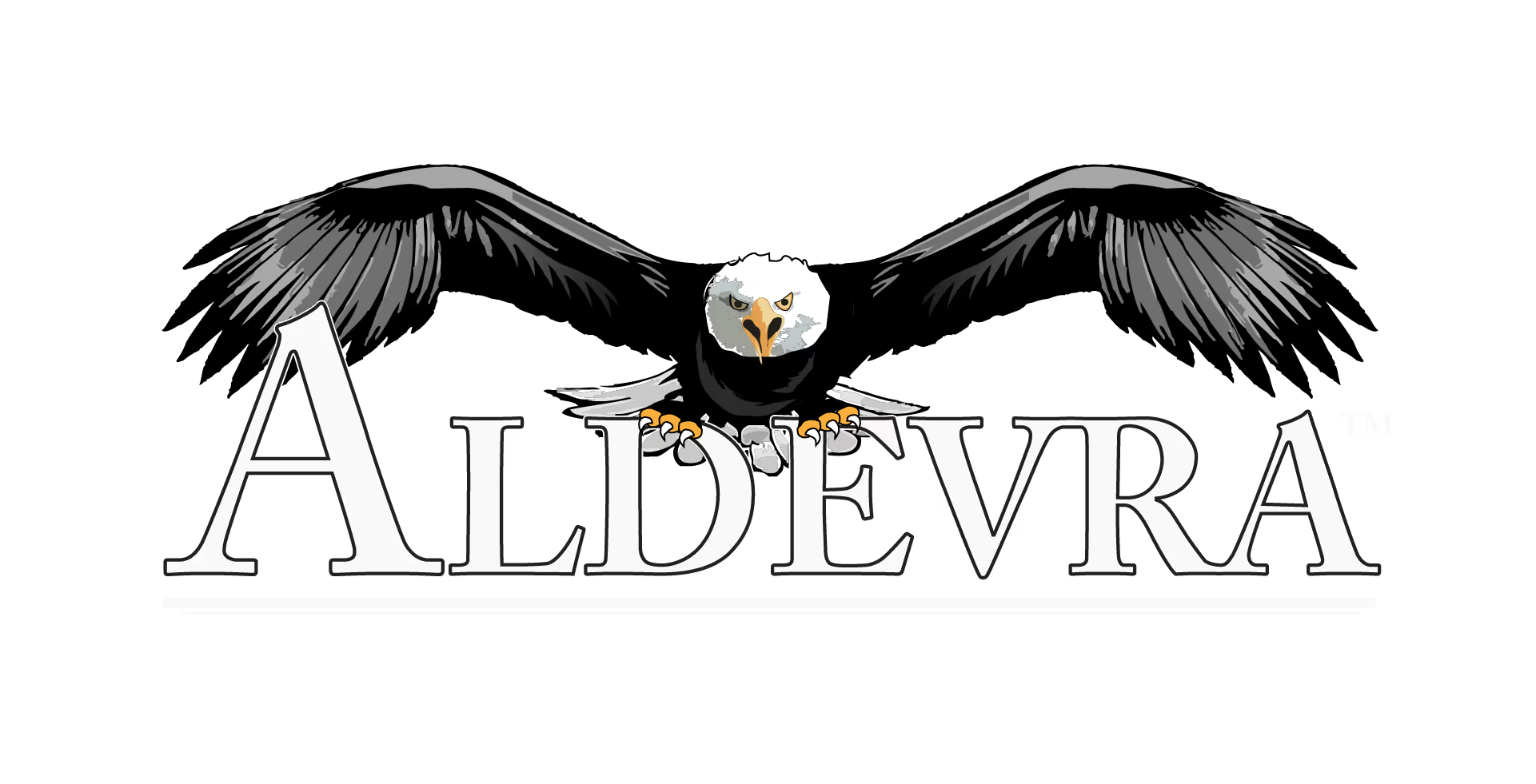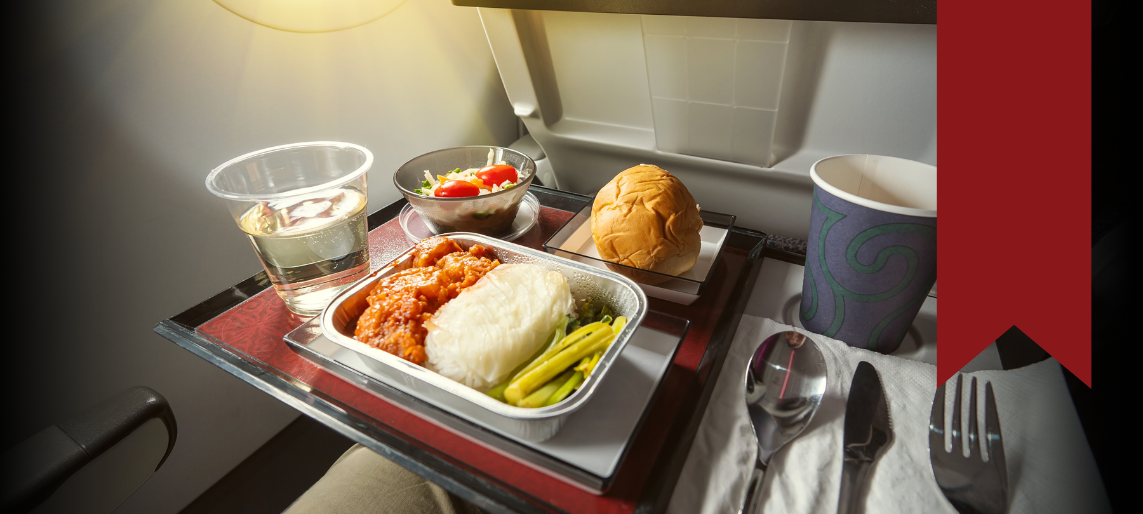
Summary
When passengers think about flying, in-flight meals may not be the highlight—but behind every tray is a complex system of food safety protocols and equipment that rivals any ground-based commercial kitchen. From preparation to altitude, every detail is engineered to ensure safety, quality, and consistency.
1. Ground Zero: Where Airline Meals Begin
Airline meals are typically prepared in specialized commissary kitchens near airports—not on the plane itself. These catering facilities follow strict Hazard Analysis and Critical Control Points (HACCP) guidelines, which are often more rigorous than standard restaurant protocols.
Key equipment includes:
• Blast chillers for rapid cooling
• Vacuum sealers to extend shelf life
• Temperature-controlled transport carts
• Stainless steel prep surfaces for easy sanitation
2. The Cold Chain: Unbroken, or It’s Unsafe
Maintaining the cold chain is non-negotiable. Meals are often prepared hours—or even a day—in advance and must remain at safe temperatures (below 41°F) from prep to plane.
Temperature-sensitive tools:
• Insulated transport carts
• Data loggers and thermometers
• Aircraft galleys with refrigeration units (on long-haul flights)
3. Onboard Limitations and Smart Equipment Design
Airplane galleys are compact, pressurized, and energy-constrained. The equipment used must meet aviation regulations while still delivering consistent results.
Common galley equipment:
• Convection ovens (no open flames allowed)
• Refrigeration drawers or carts
• Heated trolleys with holding cabinets
• Aircraft-safe dish racks and meal trays
4. Altitude Impacts Everything—from Taste to Temp
At 35,000 feet, taste buds dull and water boils at a lower temperature. That’s why food is often seasoned more heavily on the ground and reheated to specific temperatures during flight.
Food safety musts:
• Meals are reheated to at least 165°F onboard
• Airlines rely on time-temperature monitoring tools
• Equipment must be FAA-certified for use in the air
5. Cleaning and Sanitation Challenges
Post-flight sanitation occurs once the plane lands. In-flight crew perform basic cleaning, but deep sanitization is handled by ground-based service crews with specialized cleaning equipment.
Best practices:
• Galley surfaces cleaned between flights with approved disinfectants
• Waste handled in sealed units to avoid contamination
• Reusable items (trays, utensils) returned to catering facilities for industrial cleaning
6. Who Oversees It All?
Multiple agencies have a role in overseeing airline food safety:
• FDA: Regulates catering kitchens under the Food Code
• FAA: Certifies onboard equipment and flight safety
• Airlines: Conduct internal audits and third-party inspections
Final Thoughts: Safety Above All
At 30,000 feet, there’s no room for error. Food safety in the skies demands a seamless blend of training, rigorous procedures, and specialized equipment. From blast chillers on the ground to convection ovens in the clouds, everything is built for one mission—safe meals at cruising altitude.







